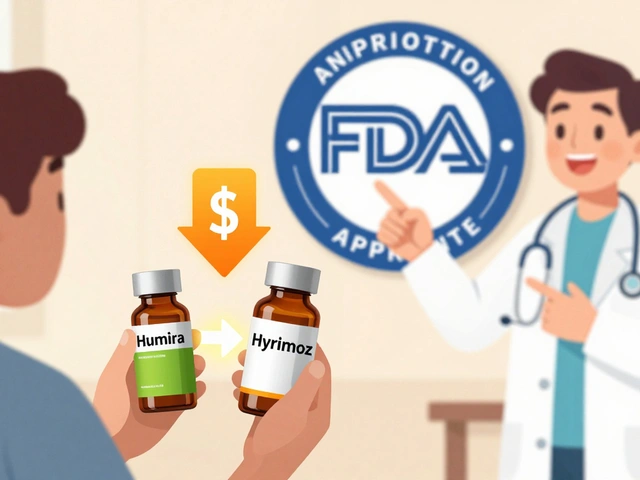Epilepsy medication: what to know about drugs that control seizures
If you have seizures, the right epilepsy medication can cut them down or stop them. This page gives straightforward, practical help: which drugs are common, how they work, what side effects to watch for, and simple safety tips you can use today.
Common drugs and what to expect
Doctors pick medicines based on the type of seizure. Here are groups you’ll often hear about and examples you might see on a prescription:
- Sodium‑channel blockers: carbamazepine (Tegretol), lamotrigine (Lamictal), phenytoin. Good for focal seizures but each has its own side effects.
- GABA enhancers and sedatives: phenobarbital, clonazepam. These calm brain activity but can make you sleepy.
- SV2A modulators: levetiracetam (Keppra). Used a lot because it’s effective for many seizure types and usually easy to tolerate.
- Valproate (Depakote): broad‑spectrum for several seizure types, but has notable risks in pregnancy and needs careful discussion with your doctor.
- Ethosuximide: first choice for absence seizures.
Most drugs reduce neuron excitability so seizures don’t start. It can take weeks to reach a steady dose and sometimes months to find the best drug or combination.
Safety tips: taking meds and buying them online
Take your medication the same time every day. Don’t stop suddenly — that can trigger more or worse seizures. Keep a seizure diary so you and your doctor can track when seizures happen, side effects, and whether the drug is working.
Watch for these warning signs: new rash (especially with lamotrigine), sudden mood changes or thoughts of harming yourself, extreme drowsiness, or more frequent seizures. Call your doctor right away if any of those occur.
Drug interactions matter. Some epilepsy meds lower the effectiveness of hormonal birth control. Alcohol increases sedation and can lower seizure threshold. Certain drugs need blood tests to check levels (phenytoin, carbamazepine, valproate).
Thinking of buying meds online? Use licensed pharmacies only. Verify they ask for a prescription, show a real address and contact number, and have clear licensing info. Avoid sites offering prescription drugs without a prescription or prices that look too good to be true.
Generic versions are usually fine, but if a generic seems less effective or causes new side effects, talk to your pharmacist and doctor before switching back.
Small habits help a lot: set phone reminders, use a pill organizer, wear a medical ID if seizures are frequent, and bring a list of your meds to every appointment. If you’re ever unsure about interactions, pregnancy risks, or driving rules where you live, ask your neurologist — they’ll give advice tailored to your situation.
Ever wondered what Depakote really does, who needs it, or why doctors pick it for some of the brain’s toughest battles? This article breaks down what Depakote is, how it works for conditions like epilepsy and bipolar disorder, what side effects to watch out for, real data on its effectiveness, and tips for taking it safely. You’ll get a practical look at life on Depakote, sprinkled with relatable advice and solid information. If you or someone you know is facing a Depakote prescription, this is your must-read resource.
View Details

